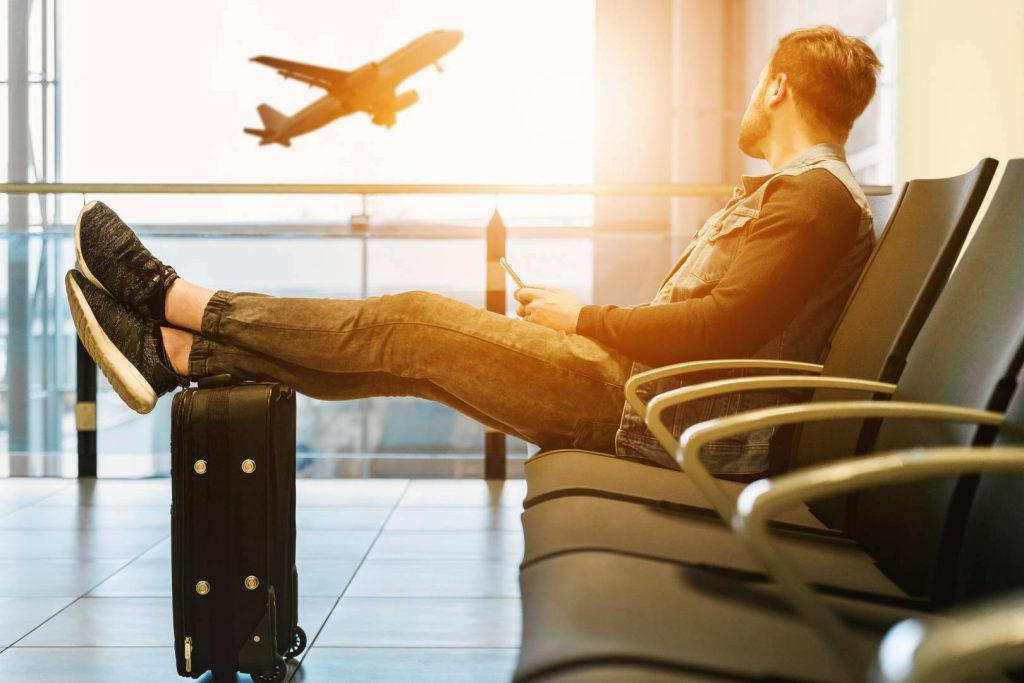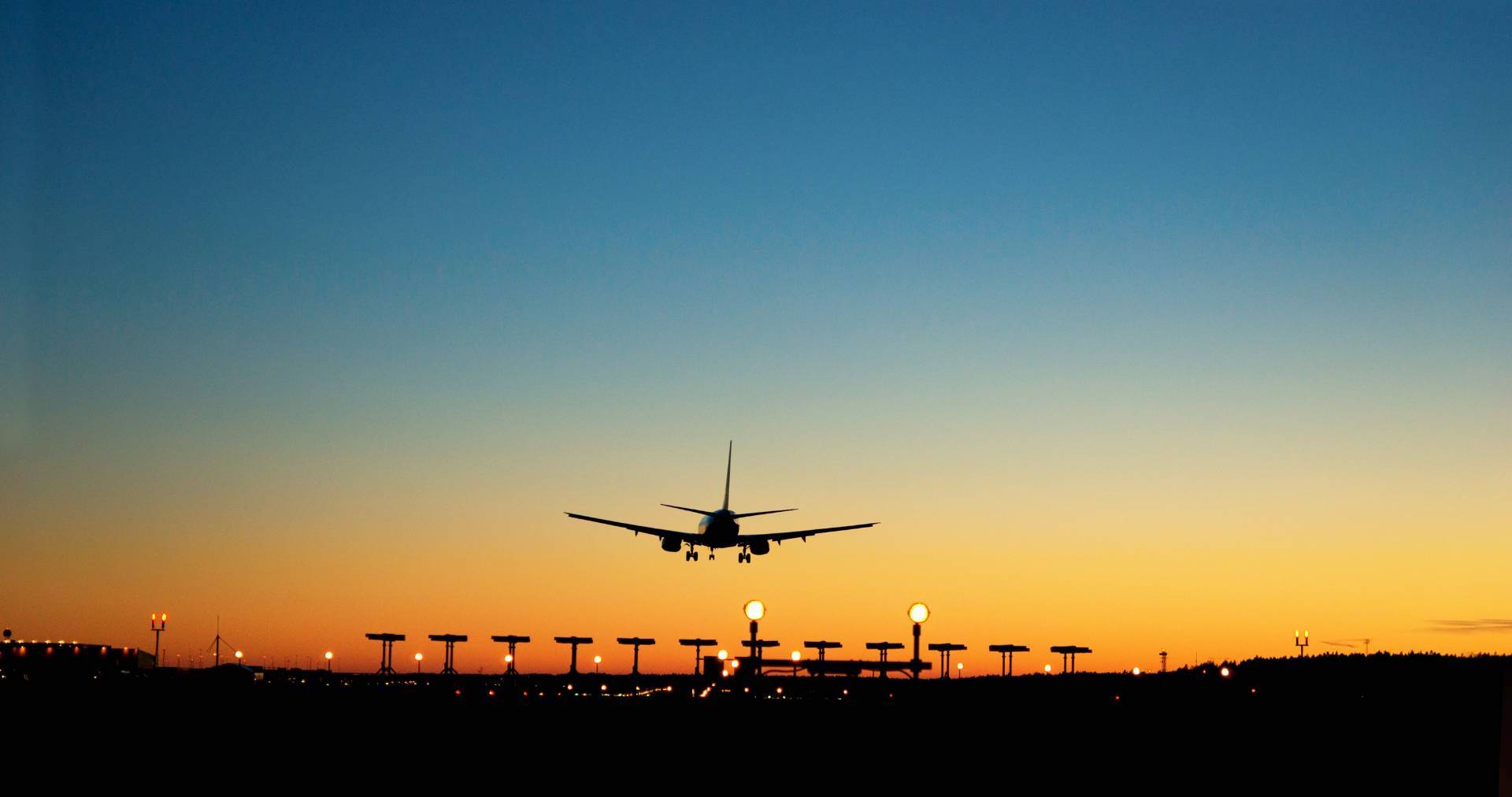Ah airports, the dread of many people, including myself. They’re busy, crowded, and stressful places. On top of that, there is always the added fear of missing your plane if you’re running late. It’s no surprise then, that they’re a source of anxiety.
If you want or need to travel though, you can’t avoid airports. So, what can you do? How can you make them a less stressful and more manageable?
In this article, I want to help you to manage your airport anxiety. Once and for all, regardless of the cause.
Let’s get to it, shall we?
Be Well Organised
This may seem like an obvious one, but being well-organised will help to avoid a lot of anxiety to begin with. Here are some key bullet points:
- Write down a packing list so you don’t forget anything.
- Start packing days before, so it’s not a last-minute scramble.
- Be sure to check what items you can and can’t bring with you to avoid delays at security.
- Prepack your liquids in advance, so you don’t need to do this at the airport.
- Use the airline’s app to check-in online and to keep up to date with the flight’s information.
- Have your passports and other items at hand. Buy travel wallets, organisers, and holders to help.
Follow these tips and you’ll see how you can reduce your stress and anxiety. Both before travelling and when at the airport. This will have a positive knock-on effect for your well-being, helping to make you feel calm and at ease.
Be on Time
Fear of missing your flight is often the biggest cause of anxiety at an airport. Being in a long, slow queue when you know you’re already running late can feel like a nightmare. A simple way to manage this is to arrive in plenty of time.
Most airports advise you to arrive three hours in advance. This sounds like a lot, but if the airport is large and busy then it’s a must.
Arrange your transportation in advance, whether it’s a taxi, bus, or train. If you’re planning to leave your car at the airport’s long-stay car park, then check for anything that will delay you. Weather conditions, roadworks, and peak-time traffic can all affect your driving duration.
You could also choose to stay at a hotel close to your airport. This helps to eliminate any worry of travel interruptions. And if you’re catching an early flight, it means you can get a little more shut eye to feel rested.
Wear Comfortable Clothing
There is nothing worse than being stressed, hot, and uncomfortable at the same time. Over the years I made the mistake of wearing jeans and boots on flights lasting several hours. Big mistake. Not only for being at the airport, but whilst on the plane.
The solution is to wear clothing that’s comfortable. That means it should be light, loose, unrestrictive, cool, and breathable.
If you’re travelling in summer, think about shorts, t-shirts, skirts, light dresses, etc. Sporty material such as polyester and nylon is preferable over cotton. On your feet you could wear sandals or even flip flops, to avoid them burning up on the plane.
For cooler months, think of chinos, joggers, leggings, and trainers. For your upper body, you could wear comfy jumpers, cardigans, or body warmers. Bringing a couple of light layers rather than one big heavy one is also a good idea. That’s because it gives you more flexibility to adjust to the temperature changes.
Choose your clothing well for your next travel destination and you’ll see what a difference it makes.
Breathe to Calm Your Mind and Body
When you’re stressed, anxious, and flustered, you start to breathe inefficiently. Meaning too fast and shallow. When you breathe like this, you’re triggering your nervous system to go into flight-fight-or-freeze mode.
You’ll be on high alert, with your heart pounding and blood pressure increasing. Additionally, you’ll release stress hormones such as cortisol and adrenaline. This is useful if you’re facing real danger, but is this helpful when you’re at an airport?
Definitely not. It’s understandable why we get anxiety at airports, but it causes us to be irrational and even more distressed. So, what’s the alternative?
Learn breath to correctly. Which means slowly and with intention. There are many breathing techniques and exercises online, so I’m not going to list them all here. What’s important is to relax your nervous system, putting it in a state of calm and rest.
To do this you need to exhale more than you inhale. For example, breathe in through your nose for a count of 3, and breathe out though your mouth for a count of 5. You can increase or decrease the seconds according to what feels comfortable.
Check out James Nestor’s book Breath to learn all about how vital breathing correctly is for your health.
Practice Mindfulness
The name of my website is inspired by the practice of mindfulness. You’ve likely heard of it before. Living mindfully has changed my life for the better, which is why I always try to encourage others to do the same.
The practice involves being present, instead of being caught up in your thoughts. It encourages you to pay attention to what’s happening now by using anchors to ground you. This could be your breathing, the sensations within your body, or what’s going on around you.
By choosing to focus on what’s going on internally or externally in the present, you’re no longer consumed by negative thinking. Such as catastrophising that you’re going to miss your plane or getting annoyed at the people around you.
To learn more about the practice, check out my article What is Mindfulness.
Find a Place to Relax and Switch Off
Providing you have plenty of time before your flight, once you’re though security, there’s nothing else to worry about. This gives you an important opportunity to associate an airport with something positive, instead of dread, anxiety, and stress.
So, be sure to pack something that helps you to enjoy yourself. A book, game, your laptop, tablet, or your earphones for listening to some music. Brian Eno famously wrote a whole album titled Ambient 1: Music for Airports, to help keep you calm.
By finding a place to relax and switch off, the airport can become a place of sanctuary and calm. By forming a new and healthy association with airports, you should be able to change your mindset around them.
You Can Conquer Airport Anxiety

Airports don’t have to be a place of dread. Being well-organised and on time will help to be more prepared, which should help you to feel less stressed. However, learning to regulate your own body through breathing is a step even further.
Using mindfulness is also an effective tool that you can use anywhere. So, I would encourage you to learn about the practice and incorporate it into your everyday life. Finally, relaxing at an airport will help you to develop a healthy relationship with them overall.
Try the steps above the next time you’re planning to travel. See if they make a difference.
What stresses you about the most about airports? I’d love to know in the comments below.
Take care of yourselves,
Chris from Mindful Way to Be

